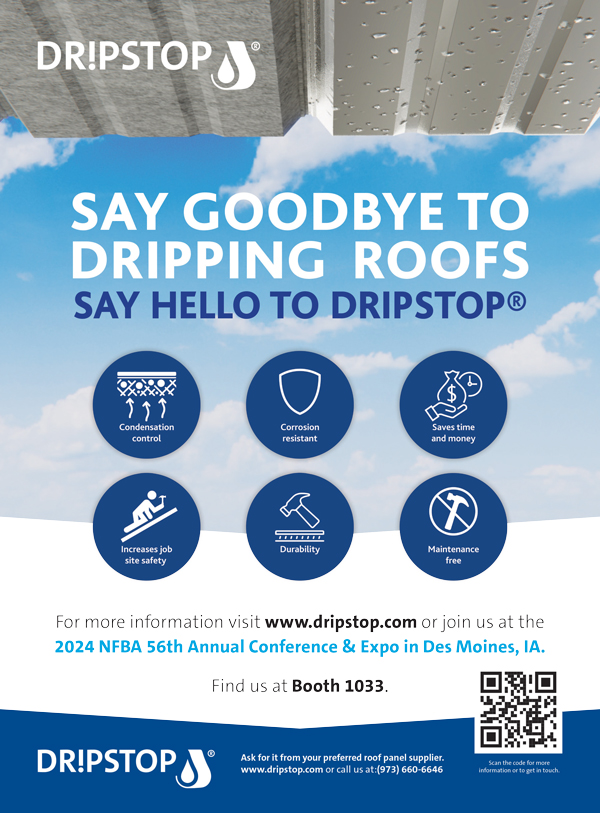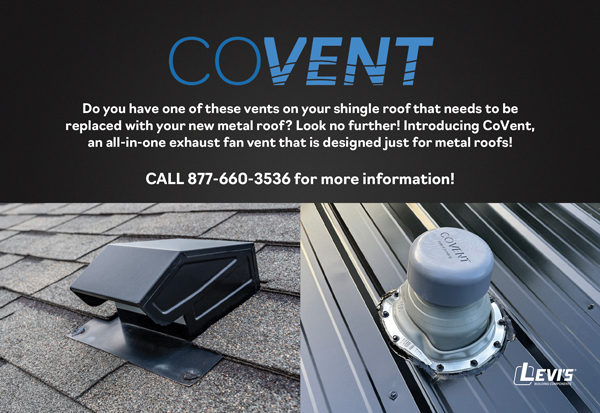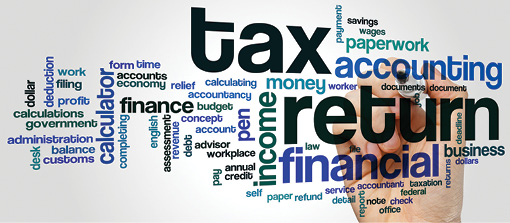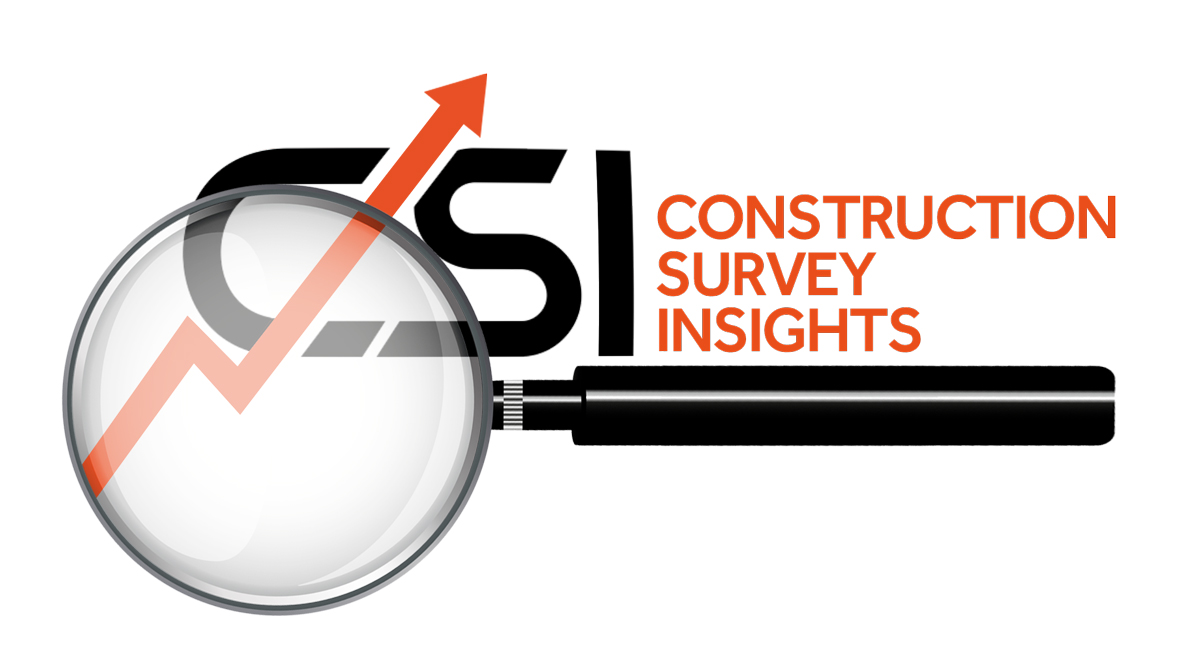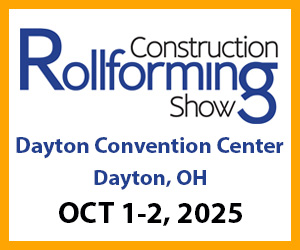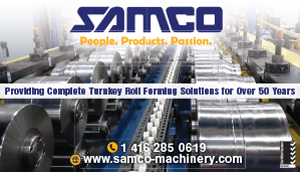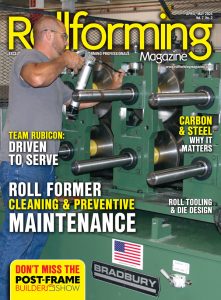■ By Mark E. Battersby
When it comes to funding a roll-forming operation’s equipment needs, its growth, providing capital in mergers or acquisitions, and even helping a troubled business rebound, it’s long been the U.S. Small Business Administration (SBA) that is an important resource. Although many roll-formers consider the SBA a cumbersome lender of last resort, today’s SBA is an entirely different story.
In an attempt to shed that past image, the SBA has made a number of changes. Its flagship lending program, the SBA 7(a) loan, long known for its financial assistance to franschises as well as an excellent way to establish a new business, has been streamlined and modified.
Small business lending has been increasingly active. With the new SBA guidelines and rules, along with a stronger economy, lenders are facing a dramatically different environment than they faced only a decade ago. Many roll-forming businesses that previously held off on adding new equipment and machinery, expansion, growth, and M&As are expected to move forward going into 2020.
Leading the way may be the SBA. Overall volume of the SBA’s 7(a) loans has set records, reportedly up more than 20 percent this year over last year. Remember, however, the SBA has several programs, few of which actually lend money or provide direct financing.
WHAT IS AN SBA LOAN?
So-called “SBA loans” are guaranteed by the SBA but actually issued by participating lenders, mostly banks and other financial institutions. The SBA will guarantee up to 85 percent of loans of $150,000 or less and 75 percent of loans of more than $150,000 — up to a maximum loan amount of $5 million.
Thus, lenders provide the funds for an SBA loan, but the agency guarantees a portion of the amount. That means if the roll-forming operation defaults on the loan, the SBA will pay the lender the amount guaranteed. This guarantee allows lenders to offer longer repayment terms that translate into lower monthly payments.
The SBA offers a number of options for any business in need of new equipment or machinery, planning to open a new location, hire more employees, or refinance an existing loan. SBA loan rates and terms are typically more manageable for borrowers than other types of financing.
In addition to their low cost, another perk offered by the SBA is more time than with non-SBA forms of lending from banks or online lenders. The actual terms depend on how the funds are to be used but, in general:
• Working capital or daily operation: seven years
• New equipment purchases: 10 years
• Real estate purchases: up to 25 years
And, don’t forget SBA loans can provide a way out of damaging financial situations. The SBA’s lower interest rates and longer payback periods means more money available for other business needs.
In essence, there are several different SBA loan programs, each with their own advantages, restrictions and limits:
• The most popular program is the SBA’s flagship 7(a) loan that provide working capital for a wide variety of uses. 7(a) loan guarantees topping out at $5 million are commonly used for purchasing equipment, acquiring land, or for working capital. They offer low down payments, flexible terms, and affordable, variable interest rates.
• 504 loans are longer-term fixed rate loans that provide capital for the acquisition of fixed assets and are usually used for owner-occupied real estate and equipment purchases. However, while SBA 504 loans are most commonly used for real estate, it can also be used to renovate existing facilities, purchase equipment with a service life of 10 years, and refinance commercial real estate debt.
Under this program, the SBA authorizes a Certified Development Company (CDC) to provide financing of up to $5 million to small businesses with the help of third-party lenders (usually banks). Certain energy-efficient or manufacturing projects may qualify for up to $5.5 million. Offering up to 90 percent financing, 504 loans offer low down payments and below-market interest rates for the duration of the 25-year term.
• The SBA’s Microloan program provides loans to not-for-profit lending intermediaries that, in turn, make loans of up to $50,000 to help small businesses and certain not-for-profit childcare centers start up and expand. Although SBA Microloans cannot be used to pay existing debt or purchase real estate, they can be used for working capital, inventory and supplies, furniture or fixtures, machinery and equipment.
• SBA Express Loan applications are responded to within 36 hours and can help extend a business’s credit line by providing as much as $350,000 for up to a seven-year period, while guaranteeing only 50 percent.
COLLATERAL
In most cases, the SBA requires a personal guarantee from everyone with at least a 20 percent ownership stake and from others who hold top management positions. A personal guarantee puts those behind the roll-forming operation or business and their personal assets on the hook for repayment should the operation falter.
Lenders are not required to take collateral for SBA 7(a) loans under $25,000, although the SBA does require the maximum collateralization possible for loans in excess of $350,000. There are lower equity requirements for so-called “acquisition” loans.
Under the old rules for acquisition loans, deals with over $500,000 in goodwill required a 25 percent seller note/buyer equity. Deals involving less than $500,000 in goodwill required 20 percent seller note/buyer equity. New 10 percent equity rules will make small business acquisition financing more accessible.
The SBA has slashed equity injection requirements to 10 percent allowing banks to finance up to 90 percent of the transaction. Out of that 10 percent, at least five percent must be in the form of cash from the buyer, with the remaining five percent equity coming in the form of a seller note.
THE SBA EXPERIENCE
As mentioned, the SBA’s lending programs are often misunderstood as a cumbersome, last-resort funding option. Today, much of this lingering misperception can be attributed to borrower experience with banks and other financial institutions that don’t specialize in SBA lending, are not SBA preferred lenders, or do not have specific lending expertise or knowledge in this increasingly popular area.
SBA loans were created to be borrower friendly. When compared to conventional financing, the SBA’s programs generally have more flexible equity and collateral requirements, have longer repayment periods, and do not have financial covenants or balloon payments. In most cases, the industry standard interest rate charged under the SBA loans are more favorable than conventional non-SBA bank loans.
Admittedly, SBA lending does require numerous documents and can be tedious for borrowers, especially if the lender is not a specialist. For the most part, however, the amount and type of financial information required under the SBA is the same information required by conventional, non-SBA lenders.
Remember, however, with an SBA loan, the bank makes the loan but the debt is partially guaranteed by the SBA. This allows the bank to provide credit for a roll-forming business borrower that may otherwise have difficulty obtaining a loan with similar, favorable terms.
The former perception that SBA funding was only for underperforming businesses and/or borrowers with bad credit is a myth. Today, although the existence of the SBA guaranty does not outweigh competent underwriting, SBA programs are being used to finance sophisticated businesses with high-end loan structures.
GETTING SBA HELP
The best place to begin a quest for funding is the SBA’s website (https://www.sba.gov/) and its application checklist, that includes required items such as:
• The SBA’s borrower
information form
• Statement of personal history
• Personal financial statement
• Personal income tax returns for
at least the three previous years
• Business tax returns, also for
the previous three years
• Business license
• Business lease
• Loan application history
The SBA recently created the “SBA Lender Match” tool to match potential borrowers with lenders. Of course, regardless of whether the potential lender comes from a referral by the SBA district office or the Lender Match program, working with a bank that has a track record of processing SBA loans is invaluable.
In general, a bank with multiple years of experience in processing SBA loans will be able to provide guidance, including an honest evaluation of whether approval will be forthcoming. Approved lenders should be asked a number of questions including:
• How many SBA loans do you make?
• How often do you fund SBA loans?
• How experienced is your staff
in the process?
• What is the dollar range
of the loans you make?
NEW SBA RULES CAN FUEL SMALL BUSINESS GROWTH
There are many reasons for the owners and operators of roll-forming businesses to be optimistic these days. The Federal Reserve’s fluctuating interest rate policies have already given banks greater incentive to offer loans, especially with adjustable interest rates.
Thanks to the SBA’s new rules and guidelines, combined with a stronger economy, many roll formers that previously postponed acquiring additional equipment may now be poised to move ahead. And, despite their earlier history, obtaining an SBA loan can be fairly simple — especially with the right banking partner. However, shopping for the best SBA program and lender is strongly recommended. RF
Mark Battersby has more than 35 years’ experience in small business issues, tax, and financial matters. Contact him at 610-789-2480 or [email protected].



